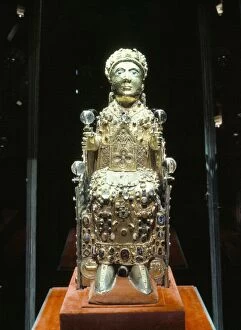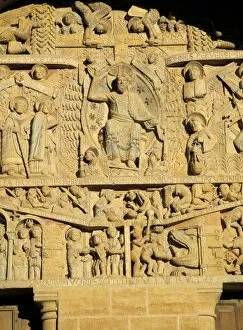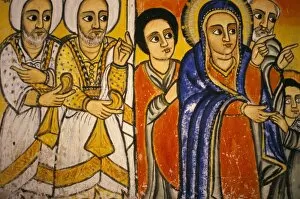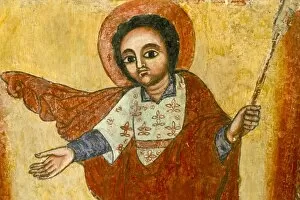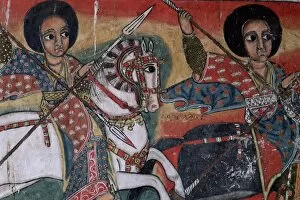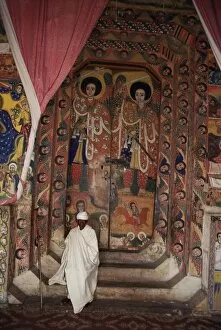Religious Art Collection (page 99)
Religious art has long been a significant aspect of cultural expression, particularly in regions like China and Asia
For sale as Licensed Images
Choose your image, Select your licence and Download the media
Religious art has long been a significant aspect of cultural expression, particularly in regions like China and Asia. One captivating example is the Wheel of Life, also known as the Wheel of Samsara, which holds immense symbolism in Tibetan Art. This intricate depiction portrays the cycle of existence and represents the continuous journey through birth, life, death, and rebirth. In China's rich artistic heritage, we find diverse religious artworks that inspire awe and devotion. The Annunciation is a profound portrayal that narrates the angel Gabriel's visit to Mary with news of her divine pregnancy. Another remarkable piece is the Portrait of Padre Pio in Apulia—a testament to faith and spirituality captured on canvas. Traveling further eastward brings us to Tibet where Mandala art flourishes on thangkas—elaborate paintings mounted on silk or cotton scrolls. These sacred circles symbolize unity and harmony within Buddhist traditions. Ethiopia showcases its unique style through religious paintings found even within small Catholic communities. Their vibrant colors and distinctive patterns reflect a fusion of local culture with Christian themes. Orthodox Christianity embraces icons as an integral part of worship. St Georges Orthodox Church houses an Icon depicting spiritual figures revered by believers for centuries—an embodiment of their deep-rooted faith. One cannot overlook Andrei Rublyov's masterpiece—the Our Lady of Vladimir icon from 1408—in Russia's artistic legacy. Its ethereal beauty transcends time while evoking reverence among those who behold it. Returning to Tibet once more reveals another mesmerizing Mandala adorning a Thangka—a visual representation inviting contemplation into one's inner self while fostering spiritual growth. Mosaics have adorned places of worship throughout history; they serve as vivid testaments to devotion at St Sauveur in Chora Church (Kariye Camii). Among these mosaics lies one portraying Dormition (Mary’s death), capturing both sorrowful yet hopeful sentiments surrounding this religious event.

